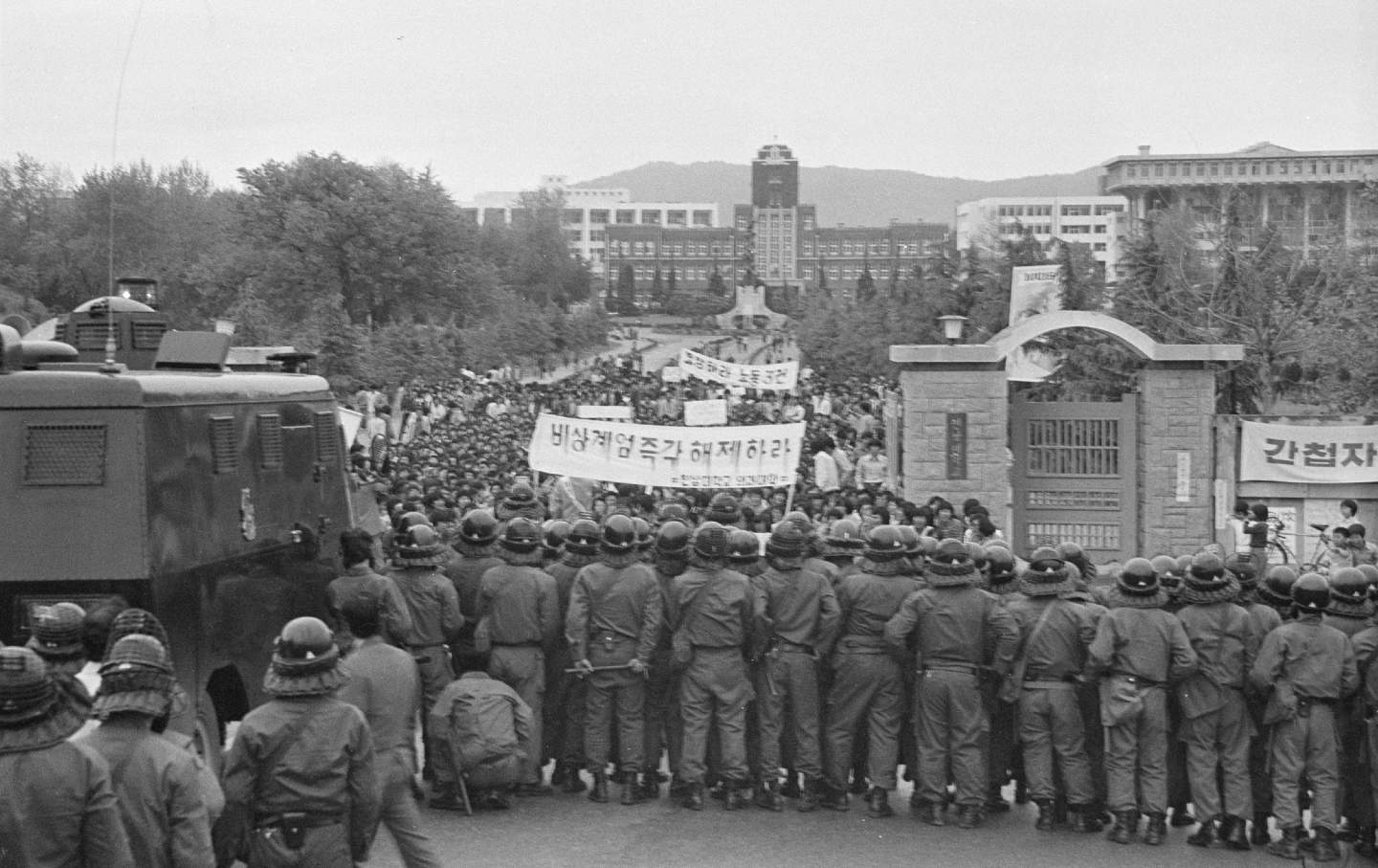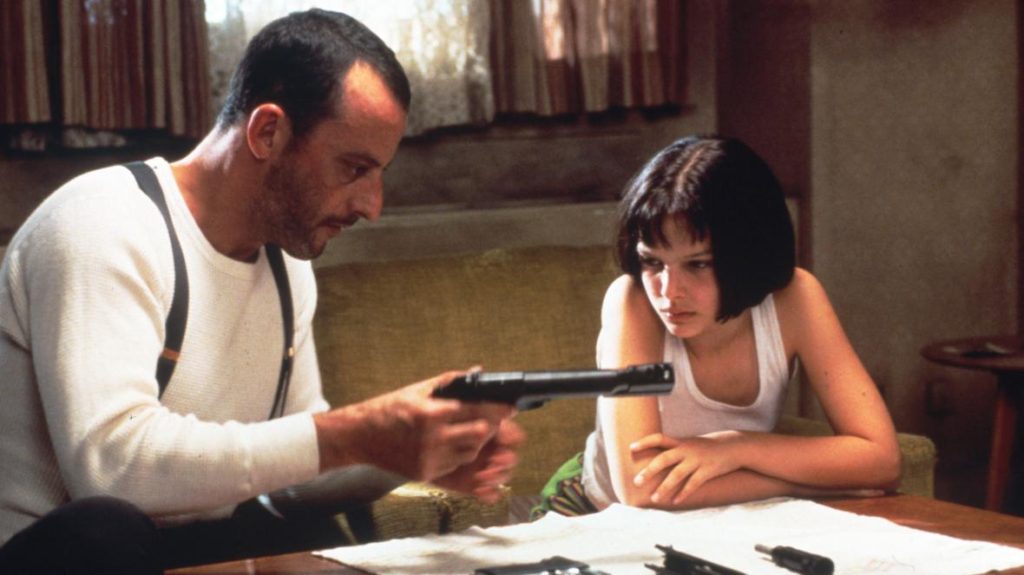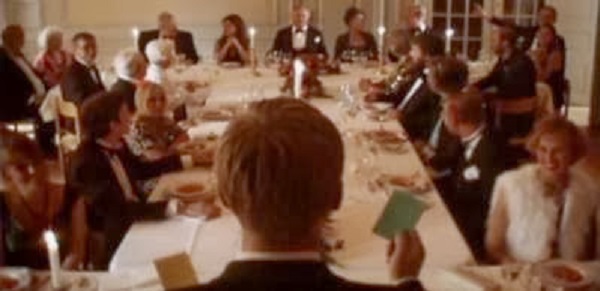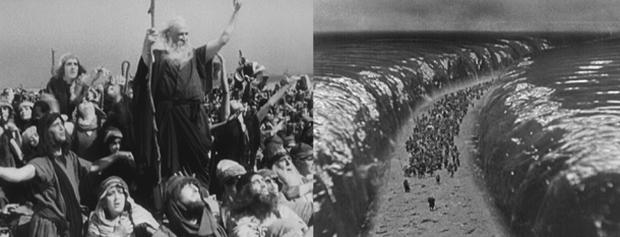CINEMA MOVEMENTS INSPIRATIONS
In my next practical film project I would like to incorporate elements from British New Wave, Parallel Cinema and Dogme. The elements I’d incorporate are filming on location, from BNW, realism, which is from both Parallel and BNW, and handheld cam, from Dogme.
BRITISH NEW WAVE
CINEMA MOVEMENTS INSPIRATIONS
Now that we have seen all of the class presentations on cinema movements, pick two things (themes and/or techniques) that you have seen from any of the presentations which you’d like to try and incorporate into your next practical film project.
Make sure that you:
reference the specific film movement,
mention the technique or theme you’d like to try and incorporate into your work (alongside a citation of a particular film/director )
include an explanation of why it has inspired you.
DEADLINE FOR POST 1/2/21
Parallel cinema movement




South korean new wave
Film is South Korea has always been a form of counterculture and deeply political in nature.
While the western world saw the rise of film as an art form and commercial product throughout the early twentieth century. Japanese occupation, the korean war and authoritarian goverments meant that Korean filmmakers were subject to rigerous government censorship and forign film imports became incresingly rare.
The Korean film industry had a brief resurgence and growth under liberal polices introduced in the mid-50s and but strict censorship laws returned under the military dictatorship of Park Chung-Hee in 1962.

Few films were made during the 60s and 70s as polices introduced by the government made it nearly impossible for films outside of the Korean national studio and propaganda films to be produced but the 80’s saw a new generation of independent producers and directors, influenced by activism and rapid social change. Once censorship laws were lifted in 1984 these directors would start a new wave of Korean cinema with a focus on the working-class, political Youth and the struggles of the average Korean.
The pioneers of the Korean new wave used they’re platforms to create cinema that went totally against the propaganda of decades previous. Directors like Jang Sun-woo and Park Kwang-su made films exploring the conflicts between the left and right wing, sensitive social issues and income inequality. Kwang-su’s films “Black republic” (1990) and “To the Starry Island” (1993) are two of the most notable films of the time. Black republic tells the story of an activist rural, coal-mining Korea and “To the Starry Island” focuses on the political conflict’s created by the Vietnam and Korean wars and they’re influence on contemporary Korea. While Sun-Woo told the stories of the radical revolutionary youth in 1997’s “Bad Movie”

However, it was not only politically motivated content that revitalised Korean cinema. During the early 1990’s large businesses began to provide money to produce big-budget films that would appeal to a large audience. The first of these films produced by the Chaebol was Samsung’s 1992 romantic “Marriage story” which became one of the highest grossing films ever produced in the country. This would inspire a trend of expensive genre films released throughout the late 90’s and early 2000’s. These films were so successful that in the case of 2003’s “Silmido” were seen by 10 million people in theatres, one quarter of the entire population.
As the film industry grew with the releasee of major blockbusters many directors within the country wanted to change the landscape with a return to the political themes of the late 80’s and 90’s but with the budgets and distributers that could sell them to an international market.
The first film to reach this milestone of international critical acclaim wad Park Chan-wook’s “oldboy” which won the Grand Prix at the 2003 Cannes film festival and garnered praise from many in the western film community. These films are often characterised by their focus on social and political issues and they’re brutality.
The most famous and successful director to emerge from the movement is Bong Joon-ho who not only saw massive commercial and critical success with his films “The Host” (2006) and “Snow Piercer” (2013) but became the first Korean to win at Cannes as well as winning 4 academy awards for his 2019 film “Parasite”.
No Wave Film movement
cinema du look
film movement in the 1980s and 1990s
Inspired by new Hollywood films, such as Francis Ford Coppola
focus on style over substance

Young, alienated protagonists, represent french youth of the 1980s

doomed love affairs

cynical view of police

high culture/pop culture references
key directors:
Jean-Jacques Beineix
Luc Besson
Leos Carax

DOGME 95
Film making approach
Dogme 95 is a film making movement created in 1995 surrounding a set of rules created by Danish producers Lars von Trier and Thomas Vinterberg.
These 2 producers created a set of film making rules for the movement called the Vows of Chastity:
» Shooting must be done on location. Props and sets must not be brought in
» The sound must never be
produced apart from the images or vice versa
» The camera must be hand-held
» The film must be in colour and special lighting is not permitted
» Optical work and filters are forbidden
» The film must not contain superficial action (eg murder)
» Temporal and geographical alienation are forbidden (That is to say that the film takes place here and now)
» Genre movies are not acceptable
» The film format must be Academy 35 mm (squarer aspect ratio)
» The director must not be credited
35 Dogme films have been created in total, as the movement broke up in 2005 and the creators wanted to experiment with new projects.
Social/historical/political Context
Social: It was first presented to a cinema conference in Paris to celebrate cinema and its uncertain future. It was made to give artists the power instead of the studio.
Historical: As it was recent (1995) it was aiming to return to traditional film making in light of all the new technology being commonplace for film.
Political: Not particularly politically driven/influenced
Directors associated with the movement
Lars von Trier
Lars von Trier was one of the founders of Dogme 95 and the Vows of Chastity. He directed the second Dogme film The Idiots (1998), and also directed Breaking the Waves (1996) which had the Dogme 95 style but broke some of the rules so it wasn’t counted.
Thomas Vinterberg
Thomas Vinterberg was one of the founders of Dogme 95 and the Vows of Chastity, and directed the first Dogme film Festen (1998), which won the Jury Prize at the Cannes Film Festival.
Søren Kragh-Jacobsen
Søren Kragh-Jacobsen was a prolific Dogme 95 film director, and eventually joined the Dogme Collective which was made up of him, Von Trier, Vinterberg and Levring. He directed multiple Dogme films, such as Mifune (1999) a romantic comedy, which was a different take on the Dogme style.
Kristian Levring
Kristian Levring was also a prolific Dogme 95 film director, and was the fourth member of the Dogme collective. He directed the fourth Dogme 95 film The King Is Alive (2000)
Films associated with the movement
Festen (1998)

Festen (Celebration) is a drama that’s storyline is based around abuse. The ‘home movie’ aesthetic that dogme movies bring helps create a disturbing and real atmosphere to the plot.
Link: https://youtu.be/vKe_AxTFGXc
will have more films it just didnt save
Sources:
https://www.youtube.com/watch?v=vKe_AxTFGXc
https://youtu.be/lC3xHVvcezY
https://youtu.be/wHMvR3CYDdk
http://www.dogme95.dk/about/
https://en.wikipedia.org/wiki/Dogme_95
Metz’s model of genre development: Biblical epics
The biblical epic has been a critics and audiences favorite since the very start of film as a commercial medium at the start . The sprawling narratives that attempt, sometimes effectively to spread messages about the nature, power and eventually the flaws in the christian faith.
-The experimental phase-
One of the most popular and influential films in the genre came in 1923, with the original, silent picture “The ten commandments”

The film depicts the story of Exodus, as Moses leads the Israelite’s out of Egyptian slavery and into the holy land. The film attempts to broadcast religion to a generation who grew more secular until witnessing the horrors of war. To this end the film features and extended sequence of a contemporary family discussing Theology.
The clear goal of the film was to usurer in a new generation of Christians but its legacy still remains the expansive awe inspiring sets of ancient Egypt, the powerful direction of large crowds, and one of the great scenes in early cinema with the parting of the red sea.

-The Classic phase-
-The Parody Phase-
As modern life continued and process like urbanization and the catholic church began to loose its influence and thus power. This lead to more and more people began to turn to atheism and viewing the idea of religion to be absurd and even comical.
